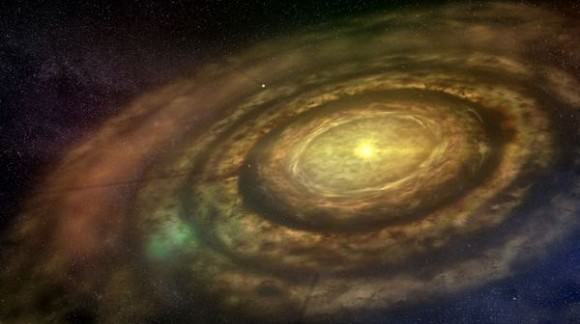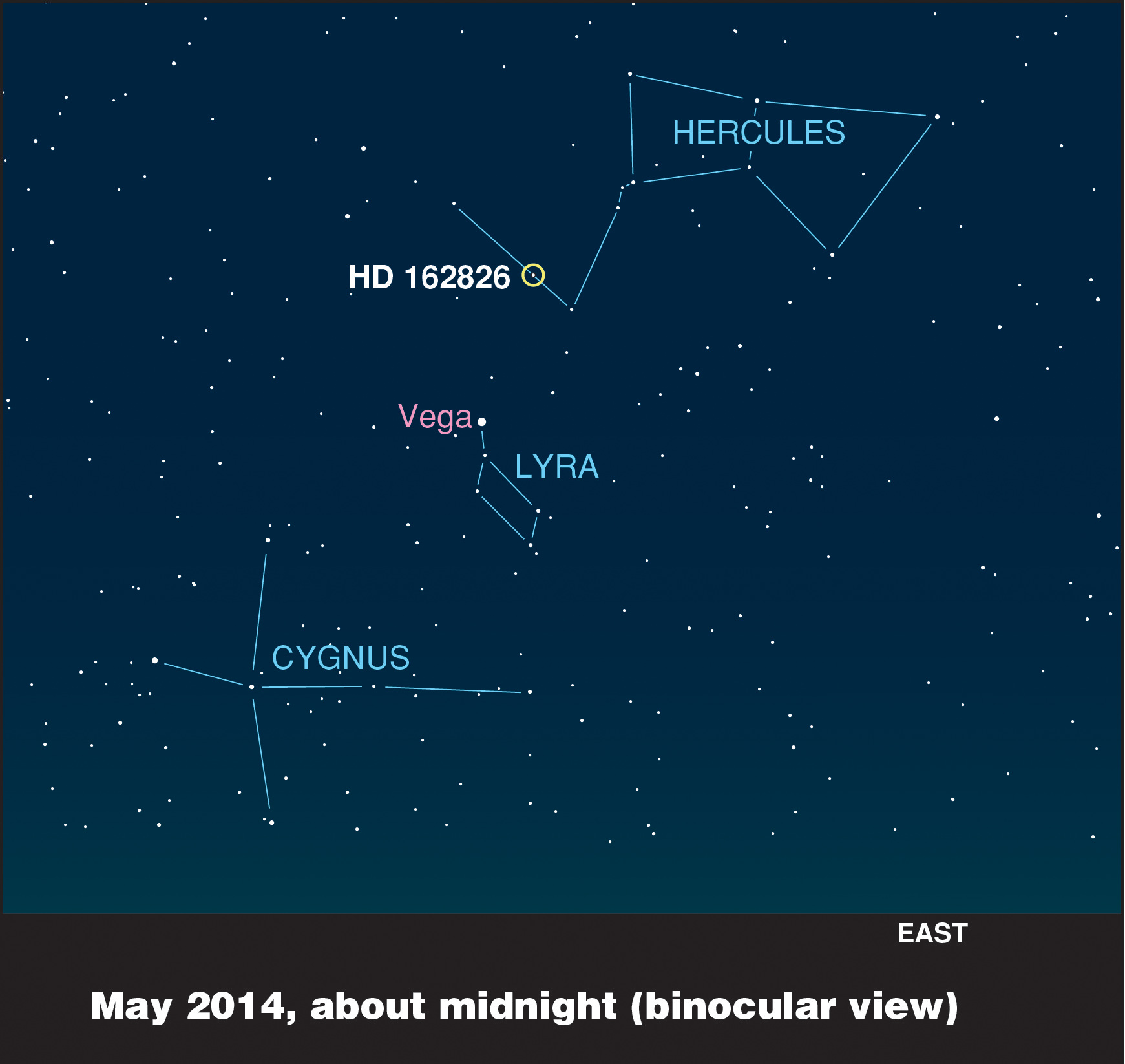Peer about 110 light-years away from our solar system, and you might catch a glimpse of how our own neighborhood came together. The recent discovery that HD 162826 — a star bright enough to be seen in binoculars — could be a “sibling” of our sun could shed more light on the solar system’s formation, astronomers said.
“We want to know where we were born,” stated Ivan Ramirez, an astronomer at the University of Texas at Austin who led the research. “If we can figure out in what part of the galaxy the sun formed, we can constrain conditions on the early solar system. That could help us understand why we are here.”
The star is called a “sibling” because it could have formed from the same gas and dust cloud in which our own solar system was formed, some 4.5 billion years ago. Since life is in our own solar system, a natural next question is whether HD 162826 could also have life-bearing planets. There is a tiny reason for “yes”, the astronomers said.
Basically, the argument goes that when the stars were first born and close together, chunks of matter could have been knocked off protoplanets and travelled between the two solar systems. There’s a small chance that this could have brought primitive life to Earth, although of course there’s a long way to go before that could even be proved.

That said, no planets have yet been found around HD 162826. (The star was known before, but just recently identified as a “sibling.”) Separate studies by the University of Texas and University of South Wales said there are likely no “hot Jupiters” (Jupiter-sized planets close to the star) nor Jupiter-sized planet in the solar system even further away. Smaller terrestrial planets, however, would have escaped the notice of this particular study.
The star is about 15 percent more massive than our sun and was selected from a list of 30 candidates based on its chemistry and orbit. There could also be more siblings out there to find, with one potential big help coming soon: the Gaia survey from the European Space Agency launched in December, which will chart the Milky Way in three dimensions.
Because Gaia will showcase the distance and motions of a billion stars, this will allow astronomers to look for these “solar siblings” as far in as the galaxy’s center, increasing the number of stars studied by a factor of 10,000. The exciting thing, the astronomers add, is with enough stars pinpointed as siblings to our sun, their orbits can then be traced back to the origin point — showing the location in the cosmos where the sun first came to be.
More information will be available in the June 1 issue of the Astrophysical Journal. A preprint version is available on Arxiv.


If anything, I’d say it’s good news that there isn’t a hot Jupiter in the system. If there was, there probably wouldn’t be any other planets, or at least they’d be in highly elliptical orbits.
isn’t 110 light years too far away for a star to travel from us in 4.5-5 billion years?
Given that it takes about 220 Myears for the Solar system to orbit our Galaxy, that makes 20 or so orbits around the center of the Galaxy since its birth. So many things could have happend since then that im am surprised we can find siblings of the Sun that close to us!